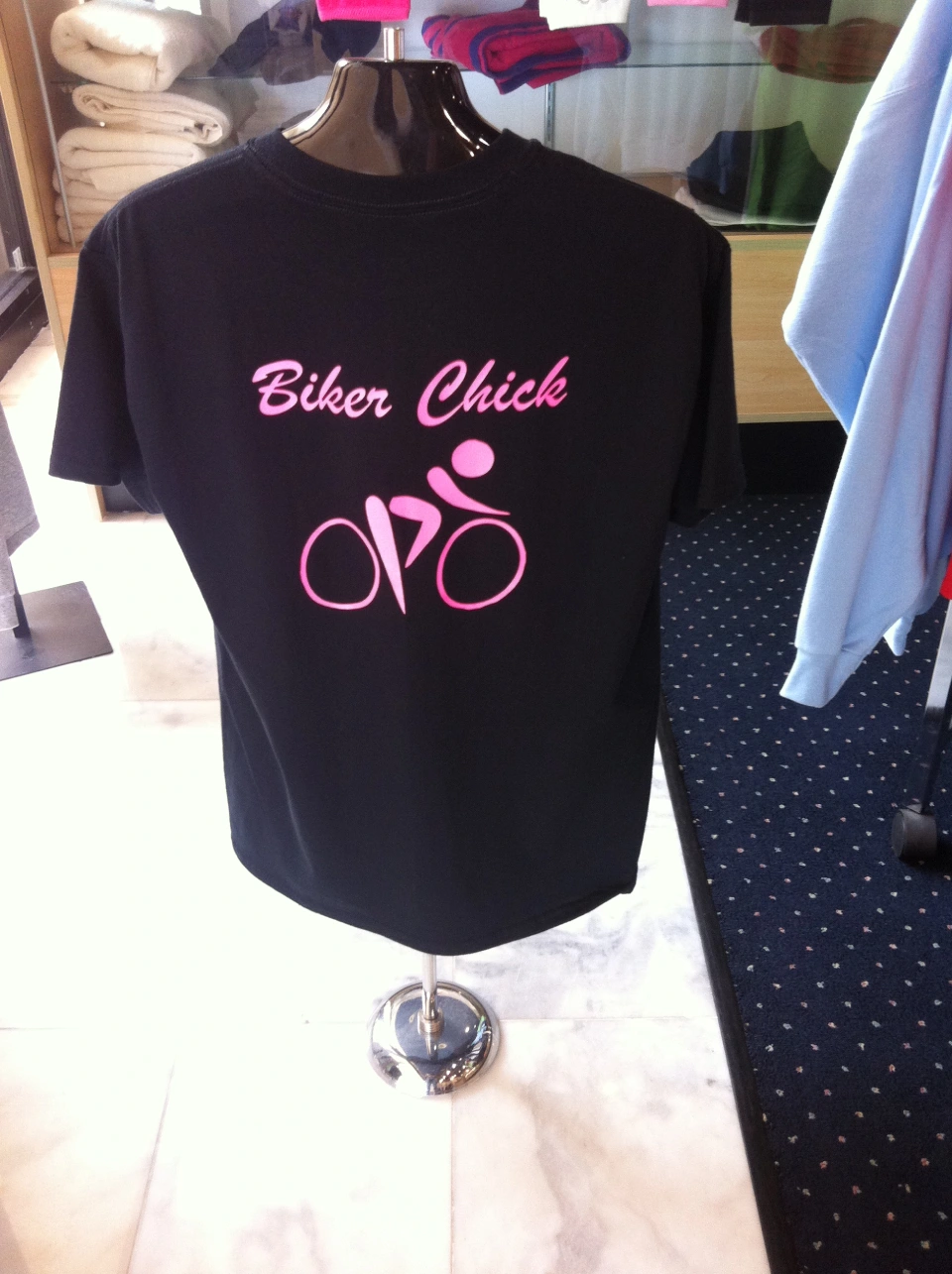The Art of Personalized Needlework: Opening the Secrets to Creating One-of-a-kind and Remarkable Layouts
Embroidery, a craft soaked in custom and virtuosity, holds within its intricate stitches the power to change material right into a canvas of distinct expression. The secrets to developing personalized needlework styles that captivate the eye and leave a long lasting impact depend on a delicate equilibrium of technique, creative thinking, and focus to information. As we look into the globe of customized needlework, we reveal the nuanced interaction between thread option, sew complexity, and design customization that elevates a mere garment to a job of art. Join us on a trip with the art of custom-made needlework as we unwind the enigmas behind crafting really remarkable and unique productions.
Selecting the Right Needlework Threads
When selecting embroidery threads, what essential elements should you consider to make sure the best outcomes for your custom layouts? The selection of embroidery string is essential in determining the last result of your stitched design. Among the main factors to consider is the material of the thread. Different products such as cotton, polyester, rayon, and silk use varying levels of sheen, sturdiness, and appearance. It is vital to choose a string material that matches the textile you are stitching on and lines up with the preferred look of the style.
Thicker threads can include measurement and appearance to your design, while finer strings are excellent for complex information and small message. Furthermore, taking into consideration the shade fastness and washability of the thread is critical to make sure that your personalized designs maintain their quality and vibrancy over time.
Discovering Various Stitch Techniques
To explore the world of 'Discovering Various Stitch Techniques', one must realize the ins and outs and nuances that each stitching method brings to the art of embroidery. Different stitch methods not only include visual rate of interest yet also add to the general texture and measurement of the style. One popular stitch technique is the satin stitch, which includes very closely stuffed parallel stitches to produce a smooth and shiny surface, perfect for filling out forms and producing strong details.
On the other hand, the backstitch is a versatile technique typically used for describing and adding great details. It involves stitching backwards to produce a strong line of embroidery. Additionally, the French knot stitch adds a responsive component to designs, ideal for developing distinctive accents like flower facilities or decorative touches.
Exploring various stitch strategies enables embroiderers to have fun with light, darkness, and deepness within their designs, elevating the visual appeal and artistic top quality of their needlework jobs. By understanding numerous sewing approaches, one can open countless opportunities for producing one-of-a-kind and unforgettable customized embroidery pieces.
Incorporating Personalized Style Elements
Having actually checked out the details of different stitch methods such as the satin stitch, backstitch, and French knot, the emphasis now moves in the direction of incorporating individualized layout aspects in custom-made discover this info here embroidery jobs. Customized layout aspects play an important role in making needlework tasks truly one-of-a-kind and memorable. One means to include customization is by adding initials, names, or considerable days to the layout. This not only includes a tailored touch but also enhances the sentimental value of the embroidery piece.
An additional way to integrate personalized style aspects is by including icons or motifs that hold unique significance to the recipient or mirror their passions and character. For example, incorporating a preferred blossom, pet, or hobby-related symbol can make the embroidery layout more purposeful and tailored. Furthermore, choosing colors that resonate with the recipient or line up with the designated theme can better improve the customization of the needlework project.
Understanding the Art of Color Control

One key element of shade sychronisation is comprehending shade concept. This consists of recognizing how different shades engage with each other, the feelings they like it convey, and how they can be integrated to produce aesthetically attractive styles. By using color theory principles, embroiderers can create harmonious shade schemes that boost the overall look of the design.
In addition, taking note of contrast is critical in shade sychronisation. Utilizing contrasting colors can assist certain aspects of the style pop, improve legibility, and create a visually vibrant needlework piece. By grasping the art of shade control, embroiderers can boost their layouts and produce unforgettable items that reverberate with clients and customers alike.
Enhancing Appearance With Advanced Needlework Stitches
Bullion knots, on the various other hand, can be utilized to create twisted, ropelike elements that add a luxurious feeling to the needlework. Exploring with these advanced needlework stitches allows you to press the boundaries of traditional needlework and develop really unique and visually enticing textures in your designs.
Conclusion
Finally, the art of custom embroidery entails a combination of picking the right threads, discovering different stitch methods, incorporating customized design elements, mastering shade coordination, and boosting texture with sophisticated stitches. By understanding and applying these crucial elements, embroiderers can create one-of-a-kind and remarkable layouts that display their creativity and skill. Embroidery enthusiasts can open the secrets to developing lovely and custom pieces that stand apart and leave an enduring impact.